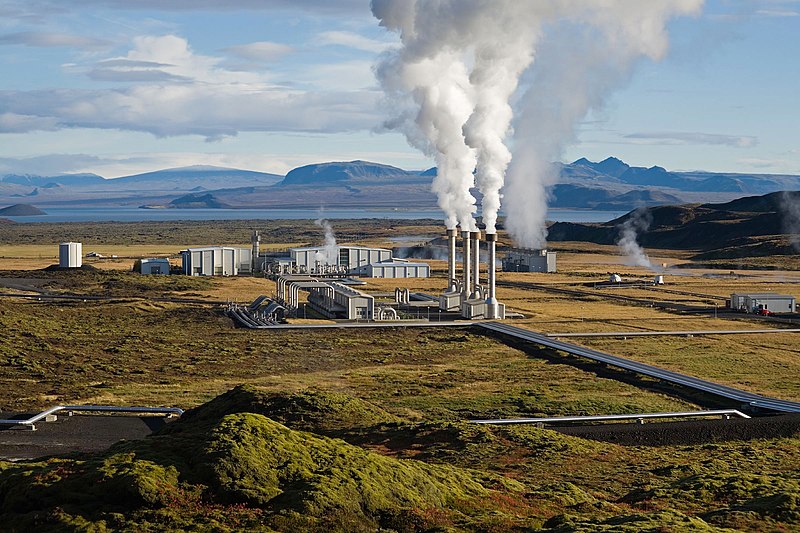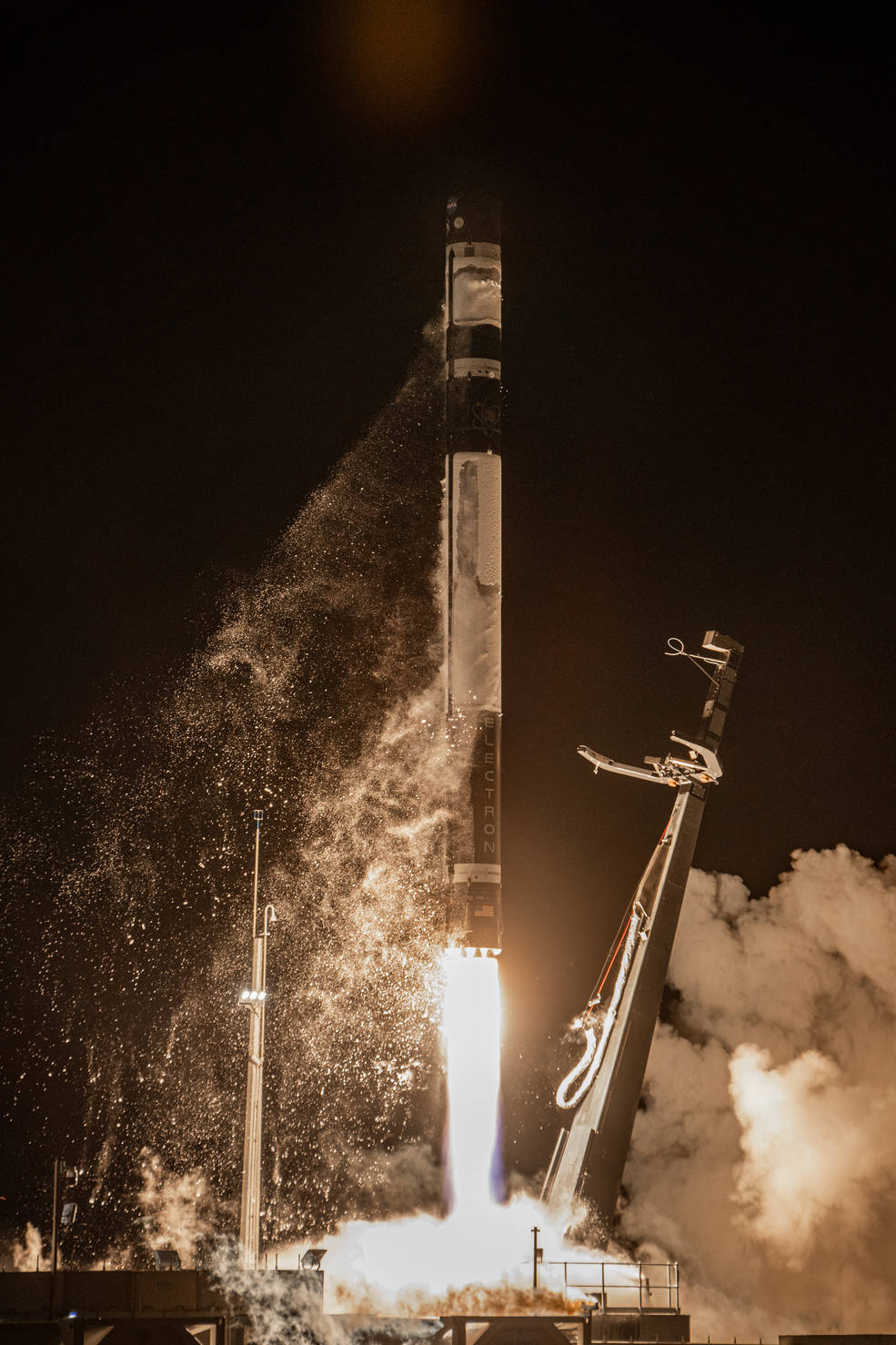Astronomers at the University of New South Wales have reportedly discovered a new Earthlike planet called Gliese 832c, merely 16 light-years away.
Gliese 832c has a mass approximately five times more than that of Earth’s and has an orbital period of about 35 days, but receives the same average stellar energy from a red dwarf star as Earth gets from the sun.
While the new planet is one of the most Earthlike planets ever discovered, it probably has an atmosphere much denser than Earth’s, which could result in extremely hot weather similar to Venus.
University of South Wales’ Professor Chris Tinney said, “If the planet has a similar atmosphere to Earth it may be possible for life to survive, although seasonal shifts would be extreme.”
In the big picture, and as far as outer space is concerned, Gliese 832c is relatively close to the Earth and will most definitely serve as a major planet of research and observation in the years to come.






